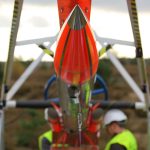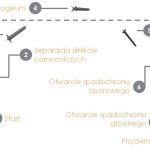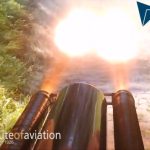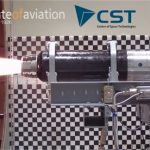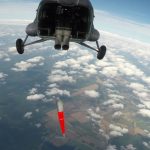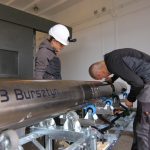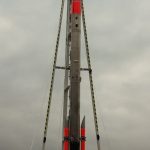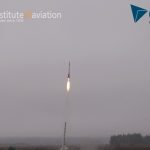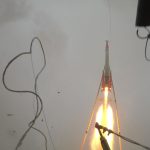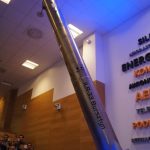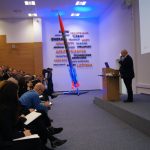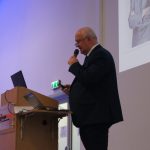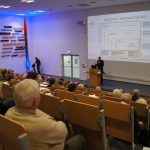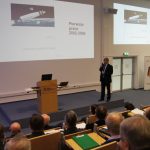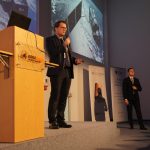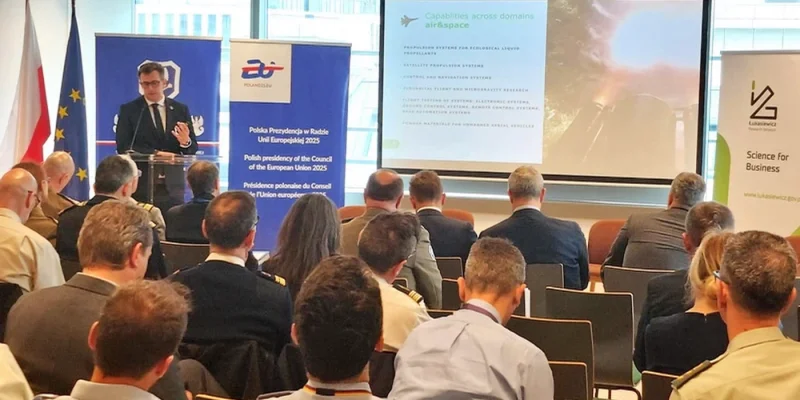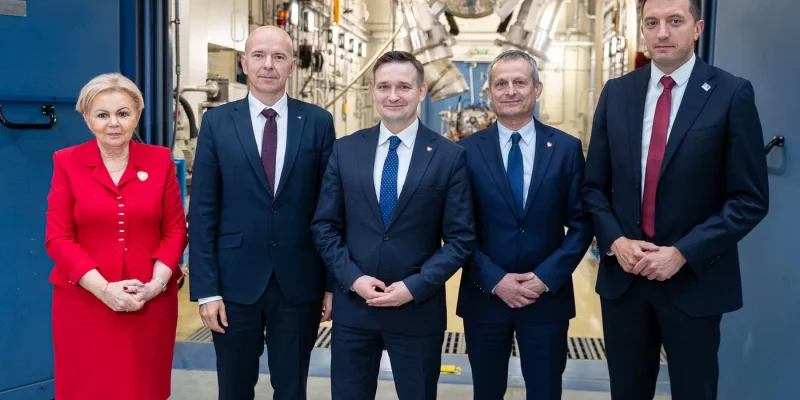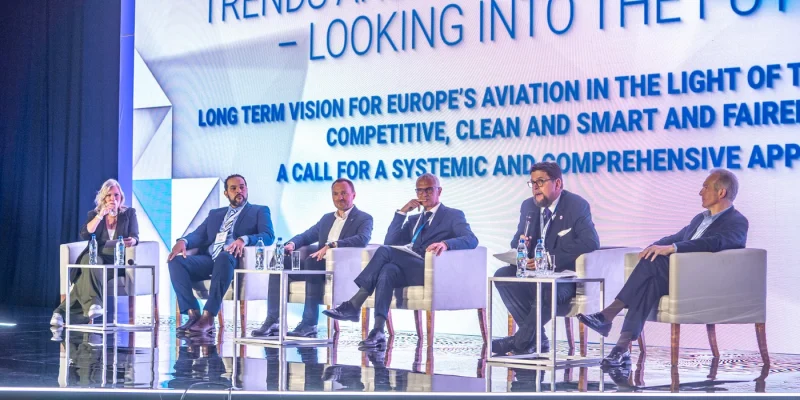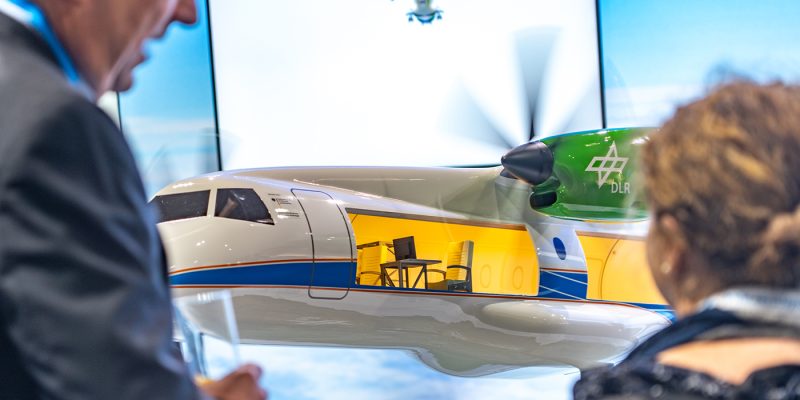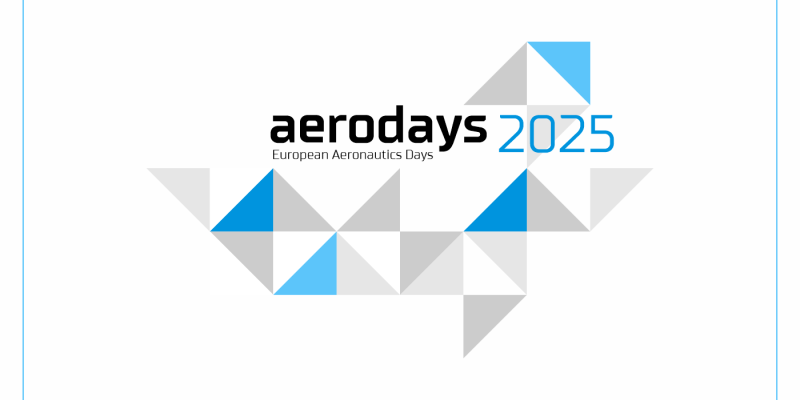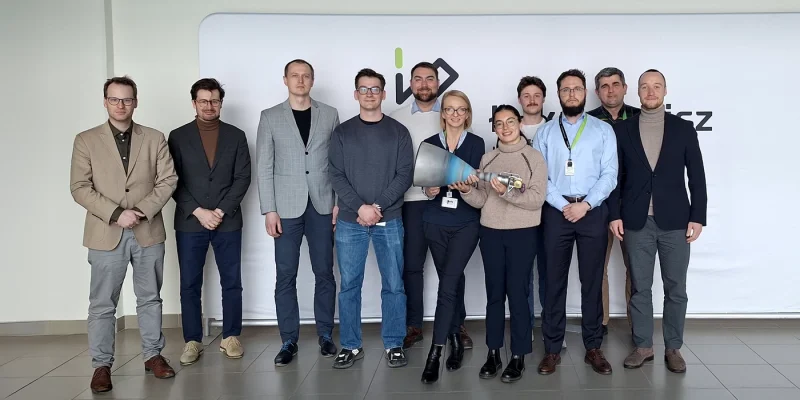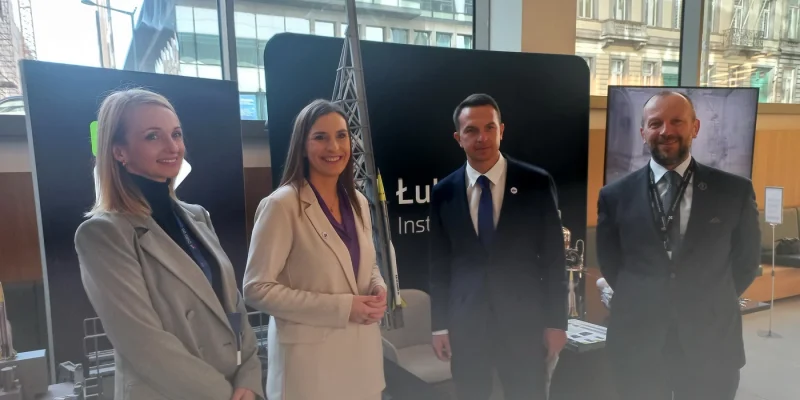The ILR-33 “Amber” (“Bursztyn”) rocket of the Institute of Aviation which utilises innovative green propulsion, underwent a demonstration flight at the firing range in Drawsko Pomorskie, Poland in October 2017. The test was a success, reaching the 15 km ceiling. The maximum possible reach of the rocket, however, is several times higher, and the maximum speed is over 1200 m/s. The Polish rocket is the world’s first that uses 98% hydrogen peroxide.
The official presentation of the project results was held on November 27, 2017 at the Institute of Aviation in Warsaw. The ILR-33 “Amber” rocket is the flagship project of the Center of Space Technologies of the Institute of Aviation, implemented under the statutory program. The project is linked to the history of the Institute of Aviation – the “Meteor” meteorological rockets developed in 1967-1974. For the new rocket, it was decided to use the latest technology and develop a number of solutions of its own. The ILR-33 “Amber”showscomparable performance as the historic “Meteor 2” rocket, with twice less lift-off weight. The development work began in November 2014. The main goal of the project is to develop advanced suborbital and carrier rocket technologies in Poland for use in larger national projects, international initiatives and commercial activities.
The design was validated on October 22, 2017 by the first flight test of the “Amber” platform. Due to legal constraints, the ceiling of the test flight was limited to 15 kilometres which is maximum permissible flight limit on inland landings in Poland. Only a fraction of the oxidiser tank volume was used. A fully-tanked rocket can rise up to 100 km, which is the boundary of space. The ILR-33 “Amber” platform enables the testing of rocket components and microgravity testing in suborbital flights. “This is an alternative to drop towers, parabolic flights and to costly research onboard the International Space Station,” says project manager, Michał Pakosz, Eng. The rocket can benefit more than just science. “The rocket means not only publications in leading international scientific journals and the opportunity to conduct research. It is primarily a way to carry out a number of commercial projects,” says Pakosz.
The ILR-33 “Amber” is a two-stage construction in which the first, parallel stage comprises two boosters for solid propellant. They are characterized by a maximum speed of 6000 N. “Their task is to give the rocket the appropriate speed during the initial phase of the flight. After the boosters are over, they are automatically separated by aerodynamic forces. The main stage is powered by an innovative hybrid engine that utilizes concentrated hydrogen peroxide (HTP 98% +) as a oxidant and polyethylene as a fuel,” explains Bartosz Bartkowiak, MSc. Eng., Chief Rocket Constructor. The methods of obtaining the oxidizer and the fuel are the subject of patent applications by the Institute of Aviation. The optimized time of the main engine is 40 seconds at nominal speed of 4000 N.
The rocket is equipped with a three-stage system to recover the payload compartment and the onboard computer. The system uses two parachutes and pyrotechnics. A dedicated onboard computer ensures correct mission implementation, registration of flight parameters and transfer of information to a ground station. Preliminary tests of the rocket subsystems were conducted at the Institute of Aviation and in cooperation with other research institutions, business partners and the Polish Army. “Among our direct subcontractors are more than 300 Polish companies and institutions,” explains Pakosz. The key technologies of the rocket subsystems have been developed at the Center of Space Technologies of the Institute of Aviation. Numerous innovative solutions have been subjected to patent applications. “The project has not only developed a rocket but also a complete communications system, a launcher, ground stations and service facilities,” explains Bartkowiak.
The technologies developed make it possible to further the development of the competences in the field of small space rockets, which professor Piotr Wolański, the mentor of the ILR-33 “Amber” project, has been advocating for over 10 years. “The technologies developed are scalable, and in addition to civilian applications it is also possible to develop in Poland missiles with a large-scale operational range,” says Bartkowiak. “The Institute of Aviation conducts parallel research on control systems and closely cooperates with companies of the Polish Armaments Group,” adds Pakosz.
The ILR-33 “Amber” is the world’s first rocket that uses more than 98% hydrogen peroxide as an oxidizer. At the same time, it is the first Polish sounding rocket for 45 years to enable flights at ceilings inaccessible to stratospheric balloons. The technical developments have already been recognized by the European Space Agency, which results in the implementation of a number of international missile technology projects by the Institute of Aviation, including those received in open European competitions. The development of a completely Polish rocket using modern propulsion technologies by the Institute of Aviation confirms the Polish potential in the field of suborbital rocket and the possibility of joining international projects on rocket technology development.
| Technical parameters of the ILR-33 “Amber” | |
| Length | 5 m |
| Diameter | 230 mm |
| Ceiling | Up to 100 km |
| Maximum velocity | Over 1200 m/s (Mach 4) |
| Payload | 5 kg |
| Maximum G-force | 10 g |
| Microgravity duration (10-3 g, 5 kg) | 150 s |
| Boosters | |
| Type | Solid rocket motor |
| Maximum thrust | 2 x 6 000 N |
| Burn duration | 2.5 s |
| Combustion chamber | Novel composite structure |
| Main propulsion | |
| Type | Hybrid rocket motor |
| Oxidizer | Hydrogen peroxide (H2O2), concentration 98%+ |
| Fuel | Polyethylene |
| Maximum thrust | 4 000 N |
| Burn duration | 40 s |
| Combustion chamber | Novel composite structure |
More information:
ILR-33 “Amber” Project Manager
Michał Pakosz, Eng.
E-mail: michal.pakosz[at]ilot.lukasiewicz.gov.pl
Phone: (+48) 22 188 36 97
ILR-33 “Amber” Chief Rocket Constructor
Bartosz Bartkowiak, MSc. Eng.
E-mail: bartosz.bartkowiak[at]ilot.lukasiewicz.gov.pl
Phone: (+48) 22 188 36 97
Manager of the Space Technologies Department
Adam Okniński, MSc. Eng.
E-mail: adam.okninski[at]ilot.lukasiewicz.gov.pl
Phone: (+48) 22 188 37 05






